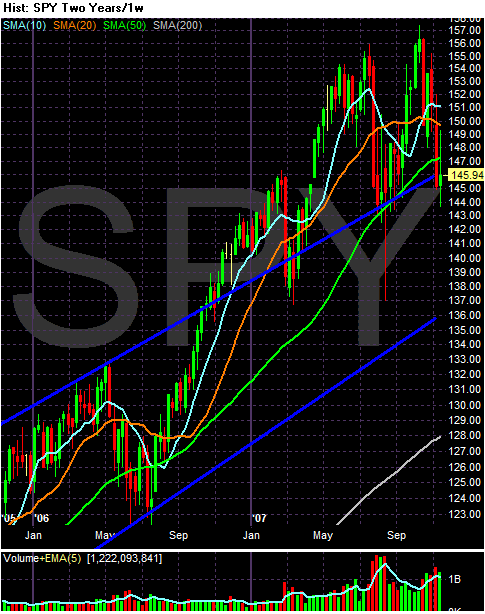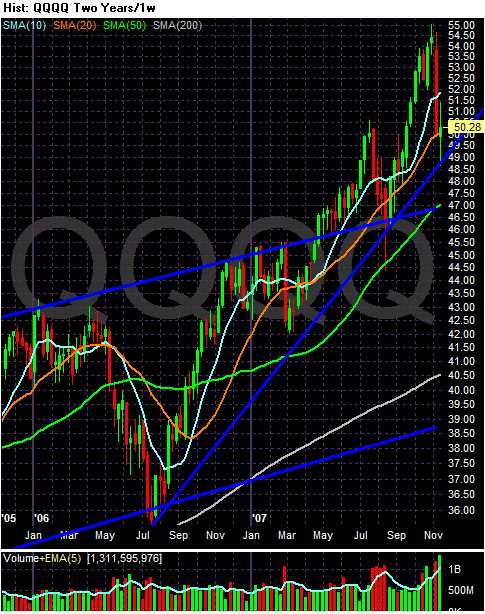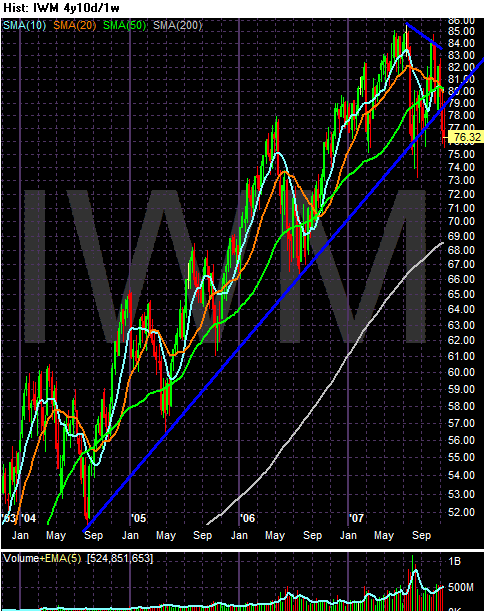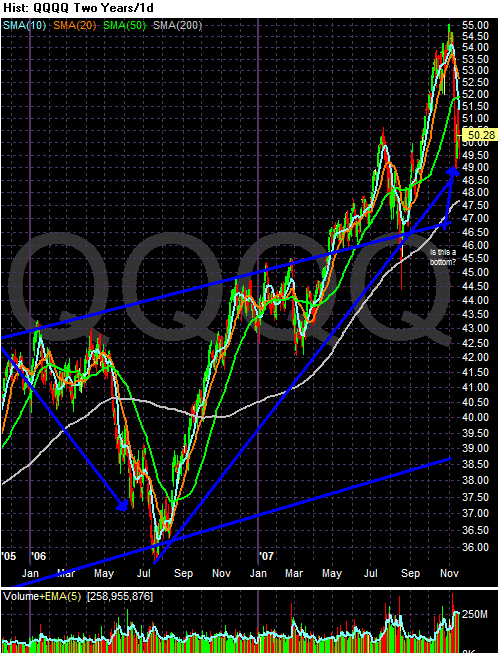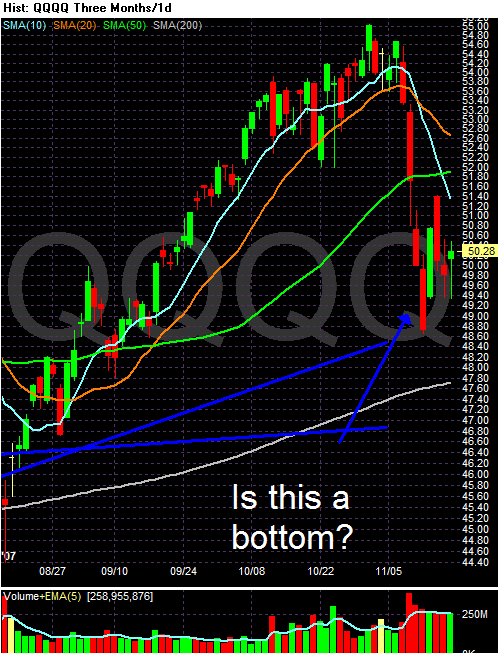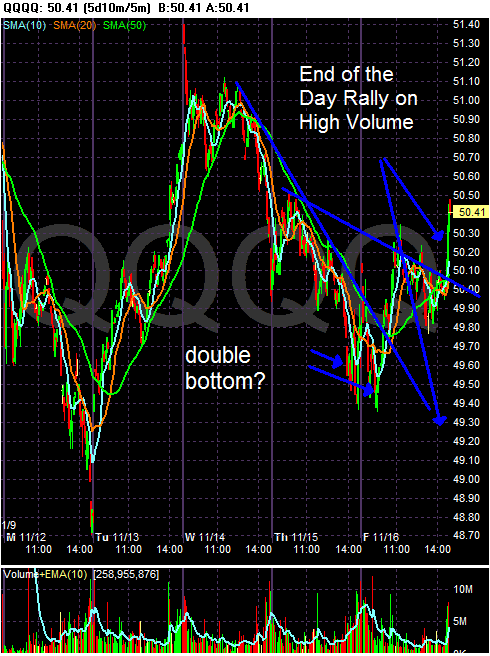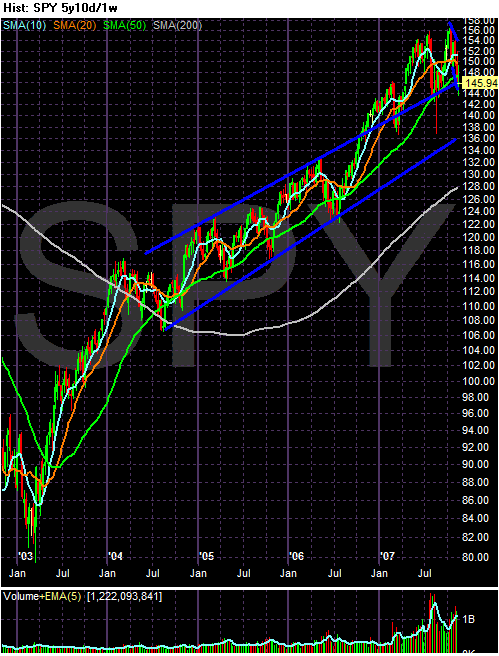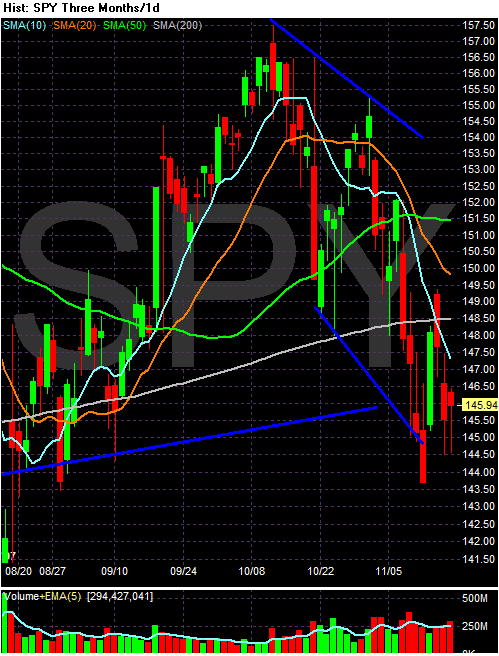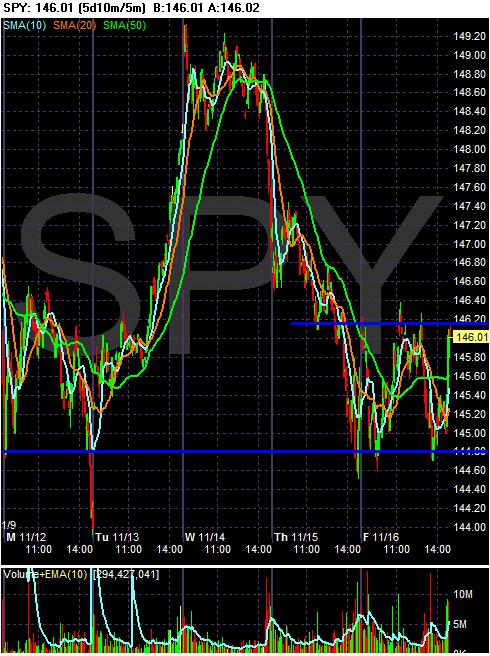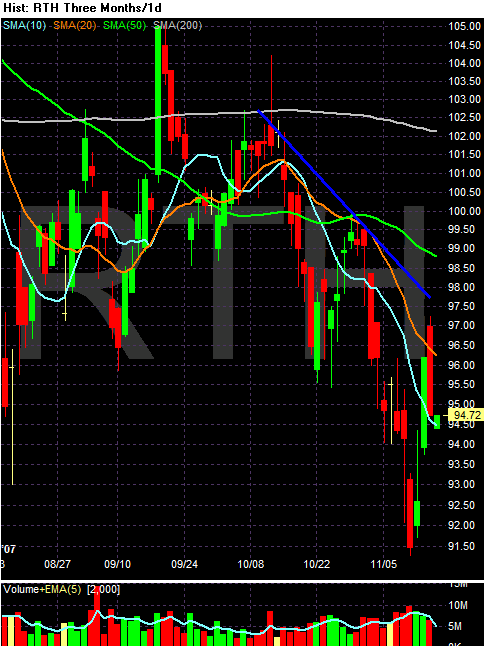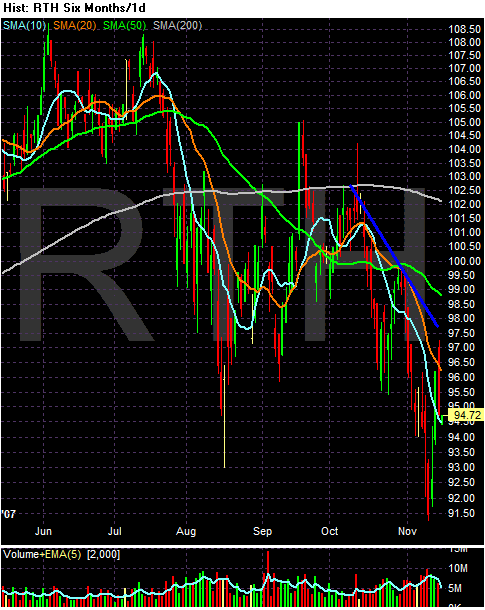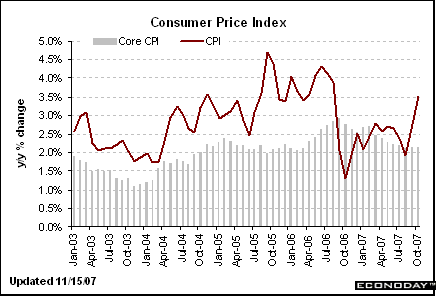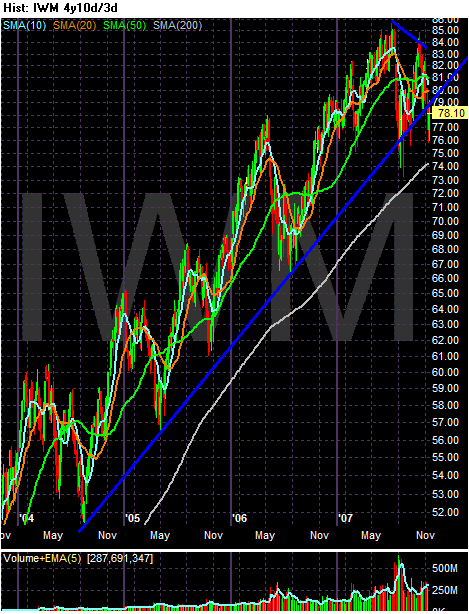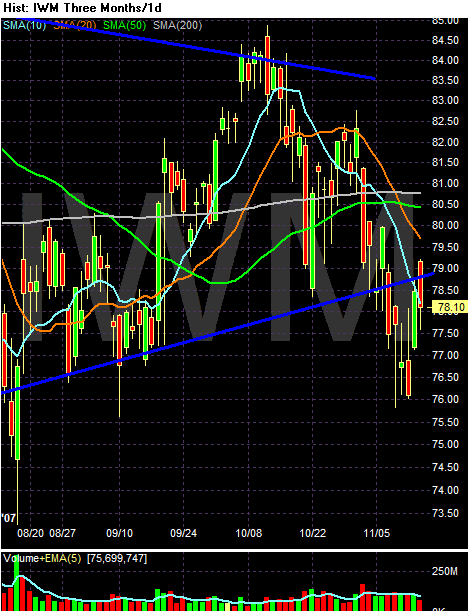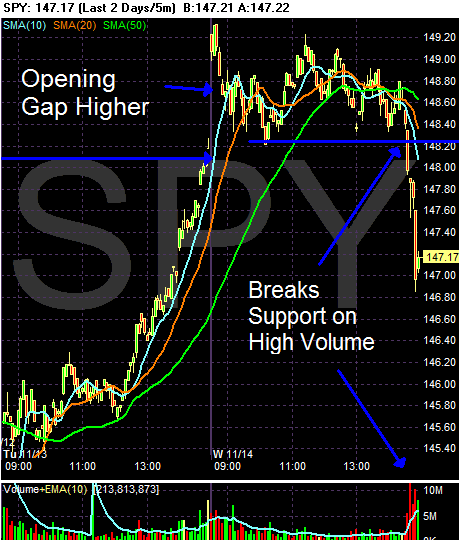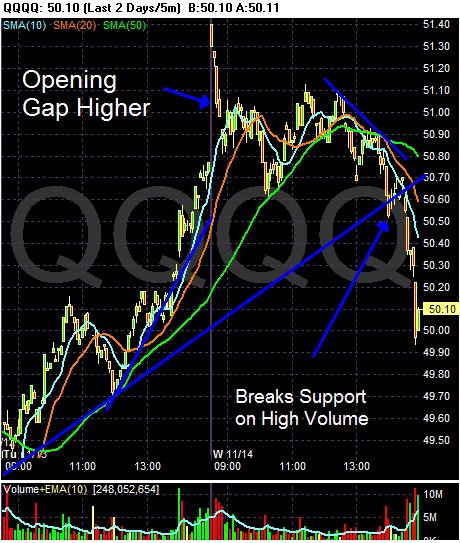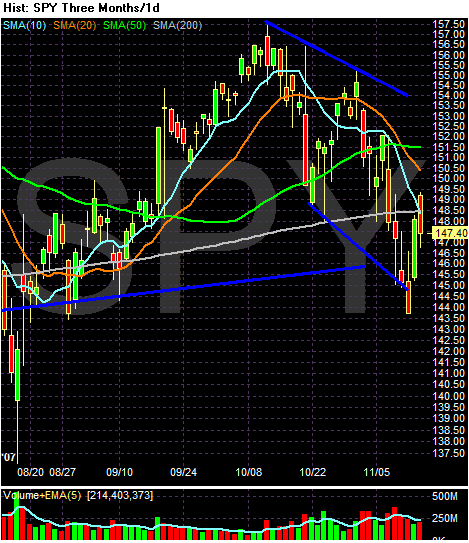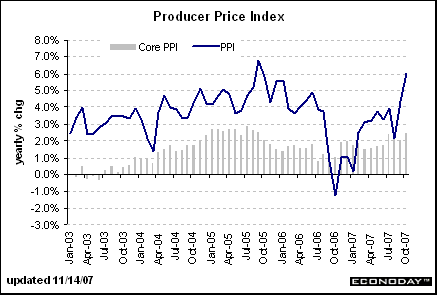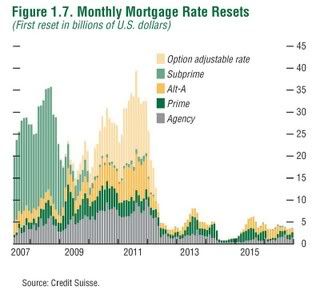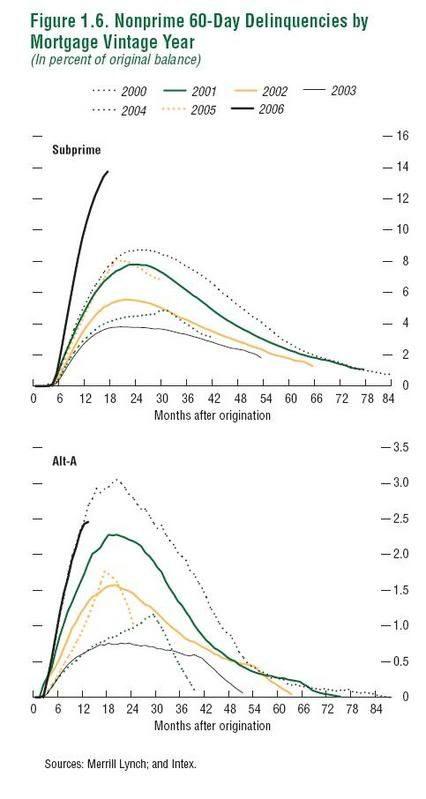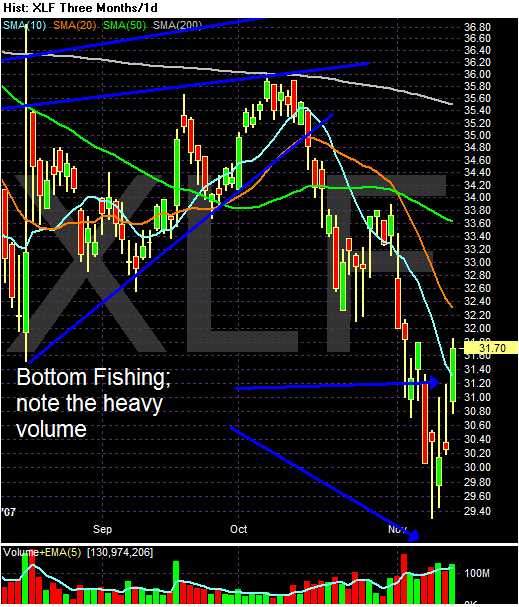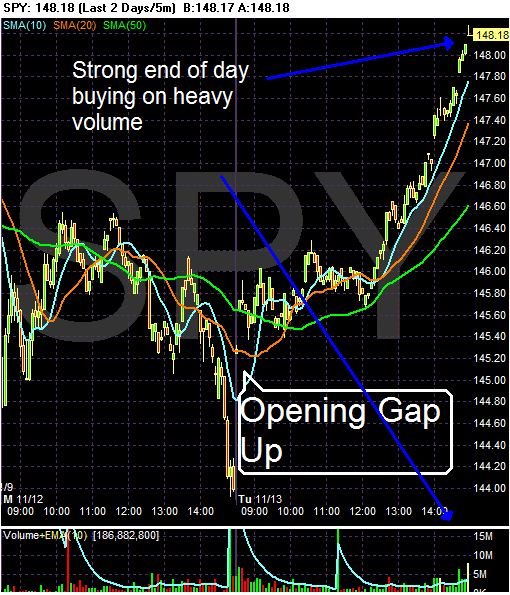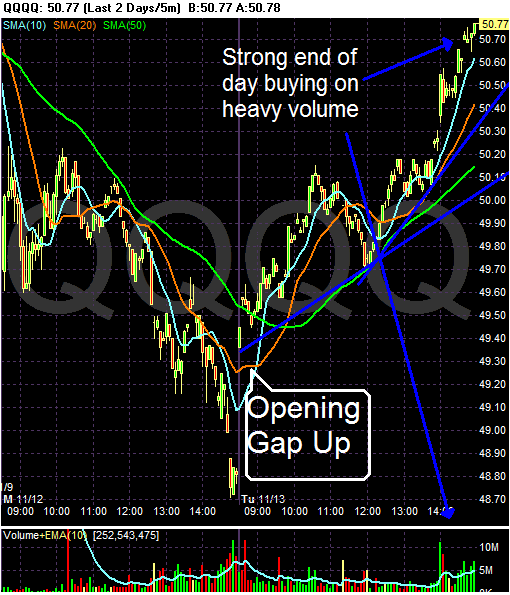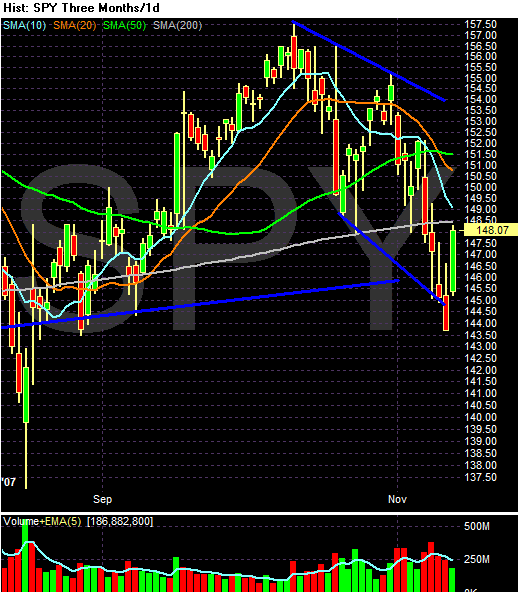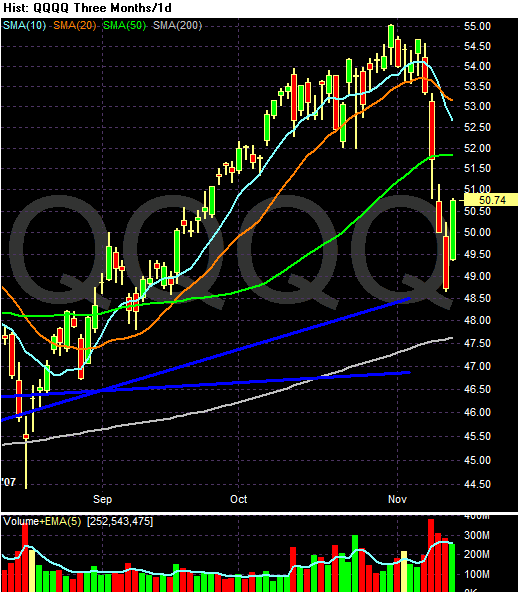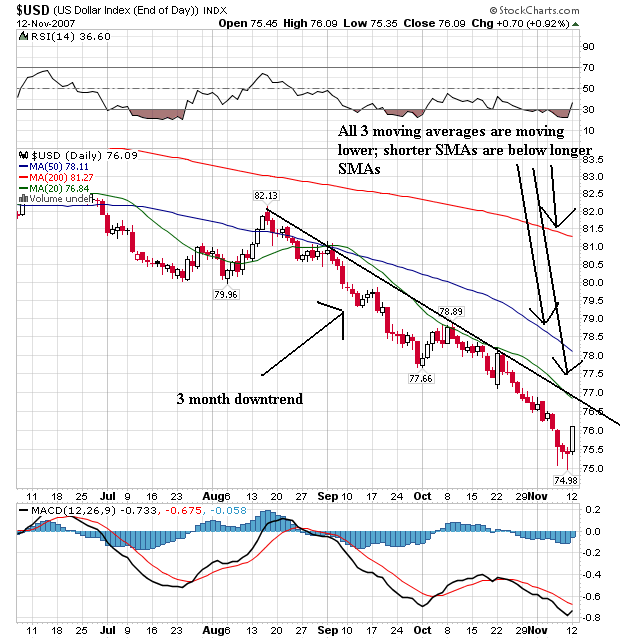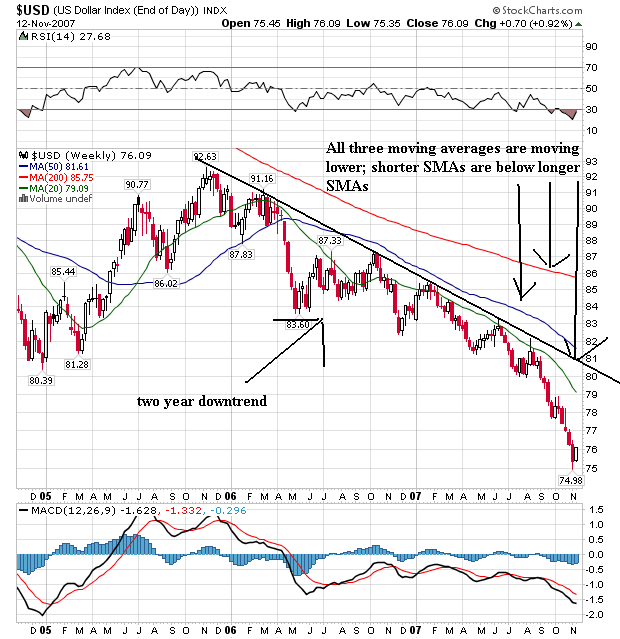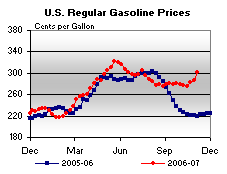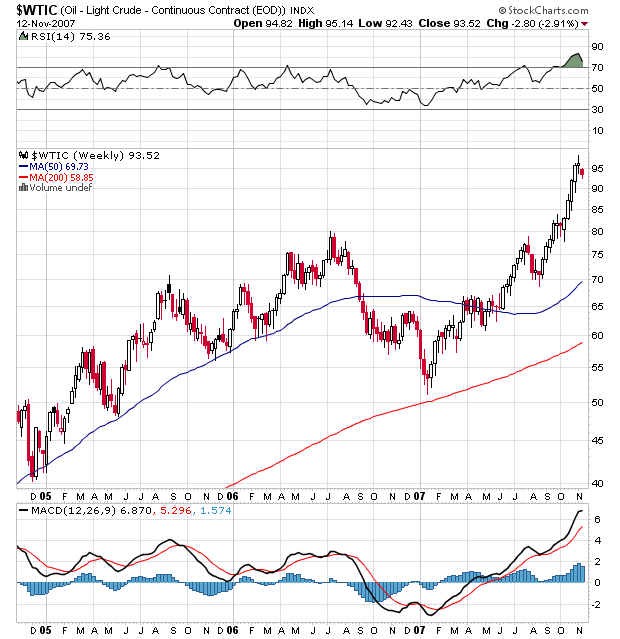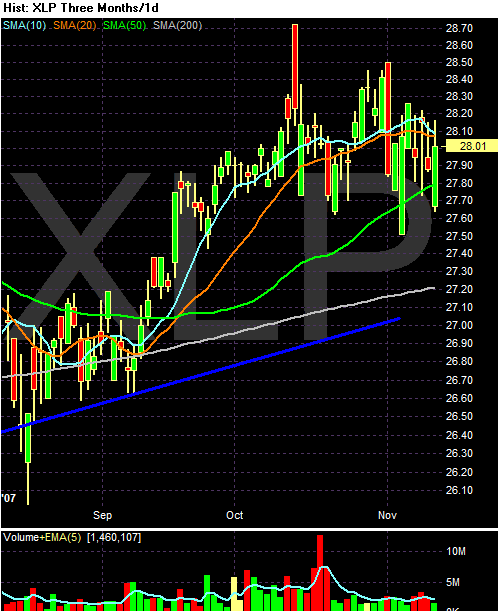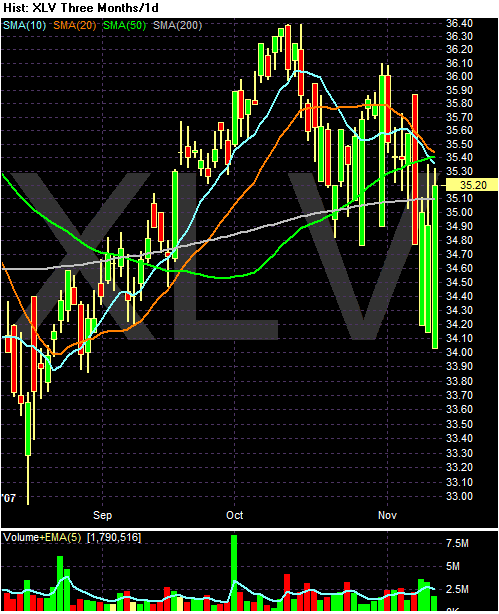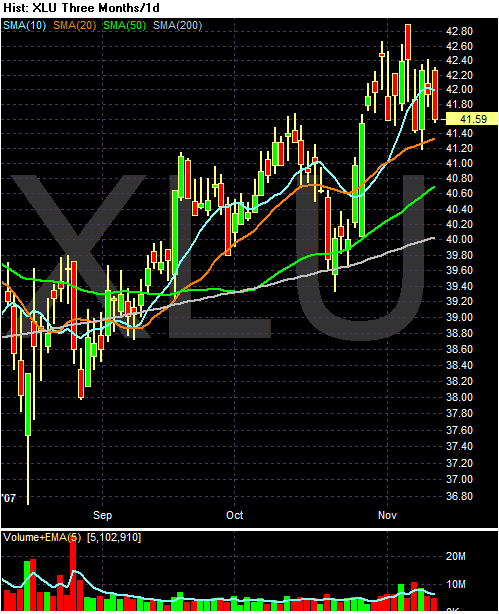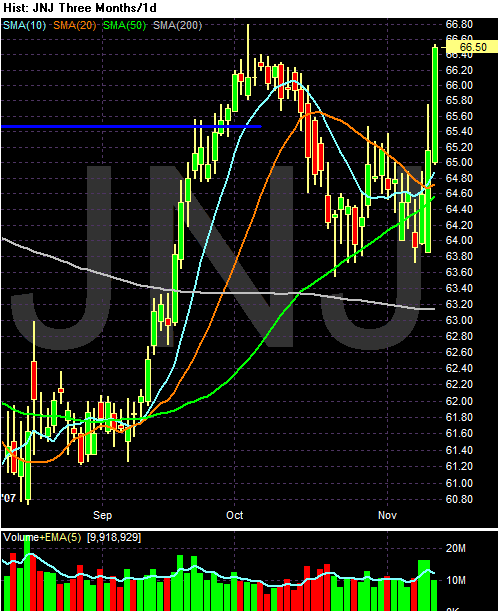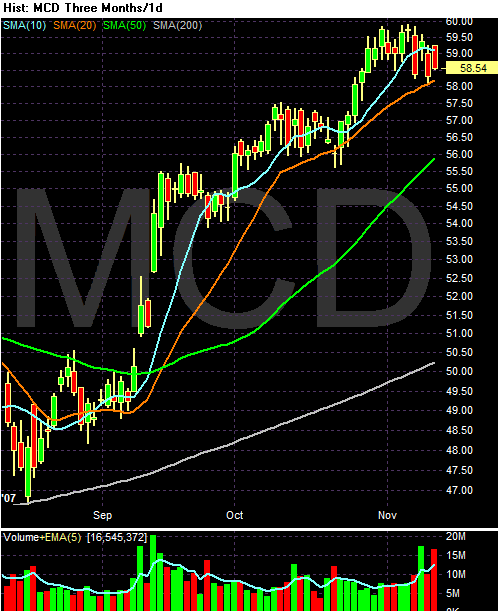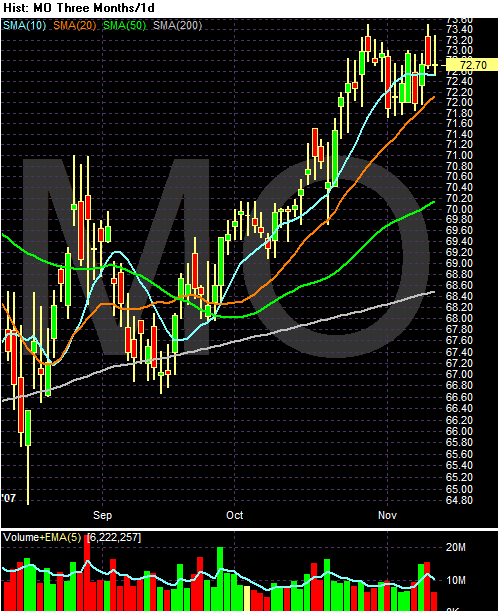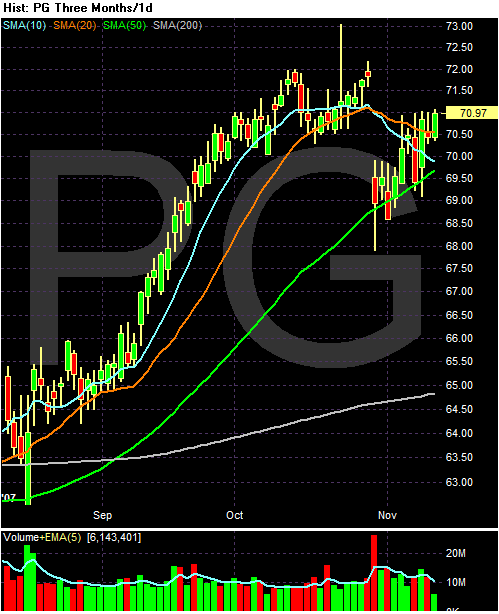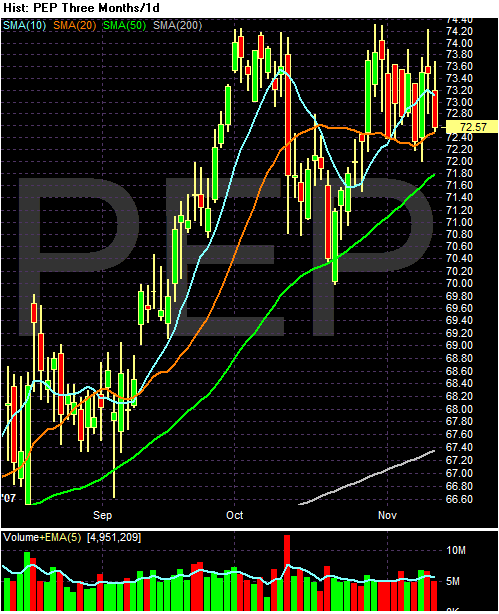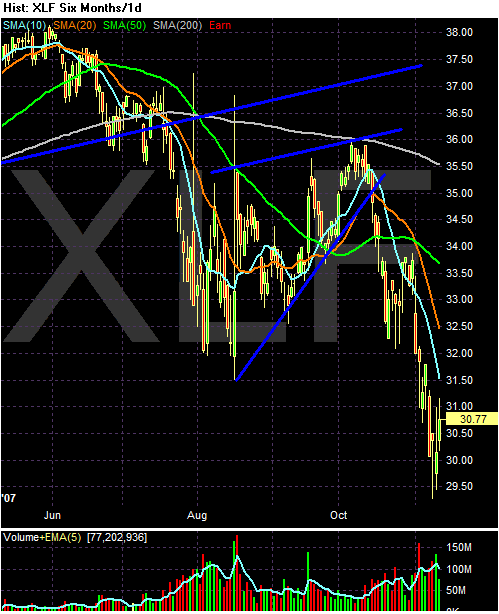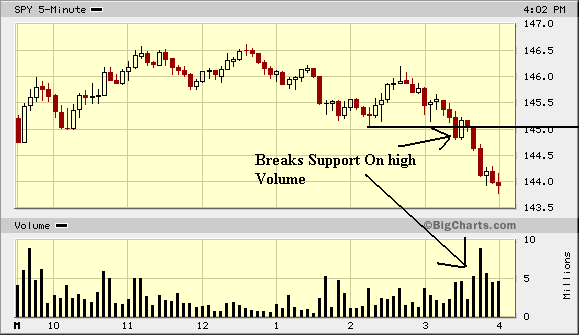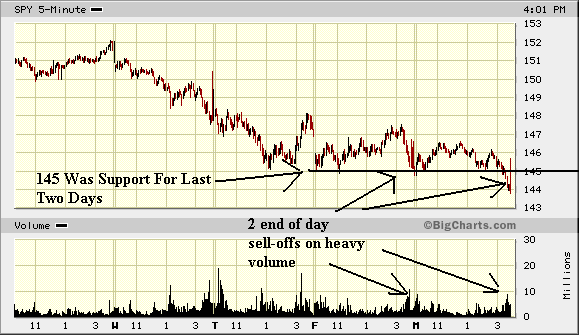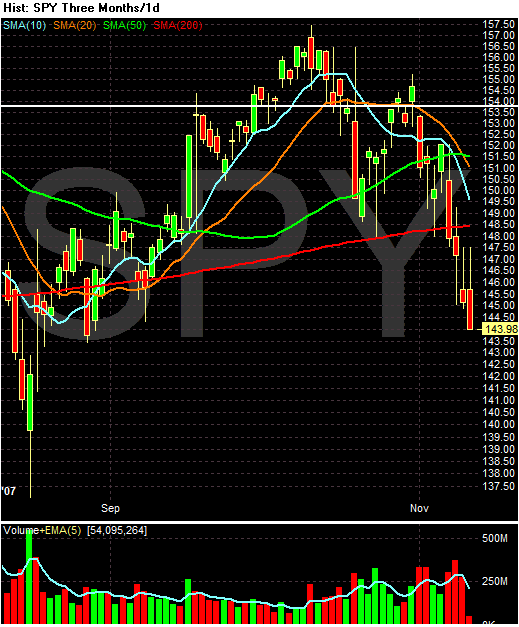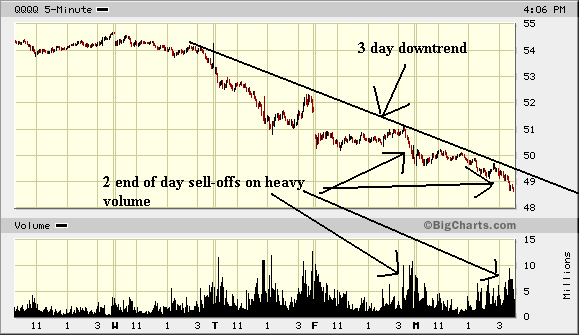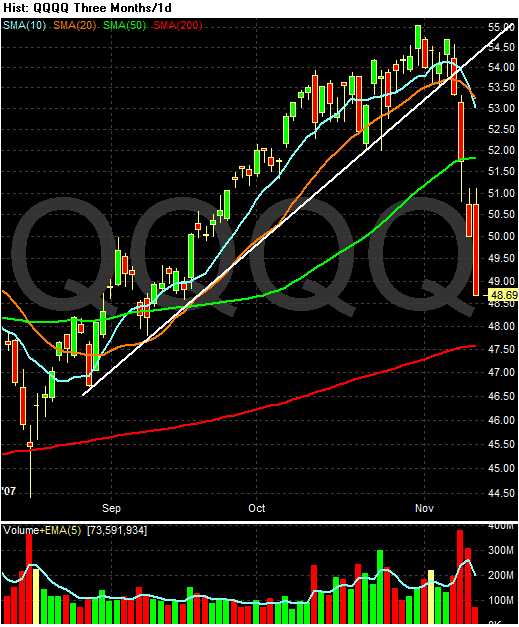Barry over at the
Big Picture blog calls the US method of dealing with inflation as "inflation ex-inflation." What he's getting at is simple:
simply remove the price increases (the inflationary price increases) from your model and you don't have inflation. I will be the first to admit that the US Fed is in an incredibly difficult place. However, I believe they have erred on the wrong side by lowering interest rates for several reasons.
1.) Interest rates aren't that high right now. For people to think that 4.5% for Fed Funds is high is simply ridicules. It's a cheap. And the 10-year Treasury is currently yielding 4.26% -- hardly excessive by any measure.
In other words, the central issue isn't the cost of money, it's confidence in financial intermediaries. Lenders are concerned that borrowers won't be around long enough to repay a loan. There is nothing that interest rate policy can do about that.
2.) Inflation is a
huge issue. My first reason for thinking this is personal experience. I shop every 4-5 days. Over the last year or so I have seen my prices paid increase at high rates. A gallon of milk -- which had been around $3 for the longest of times -- has increased to $4 over the last year. The packages of chicken I purchase have increased from $4-$5 to $7-$8 over the last year. Yet at the same time I am reading headlines that core inflation is "tame". Simply put, that headline has made less and less sense over the last half year or so.
But there are other less personal reasons for thinking the "core" inflation policy is stupid. First,
the Fed is the only central bank that uses core inflation as its inflation figure. That alone should raise eyebrows. But also consider that oil prices alone have increased 400% over the last 6 years. The
latest CPI report stated food prices increased at a 5.7% seasonally adjusted annual rate in 2007. Just go to
this link and start looking through the various long-term (multi-year) charts and you'll see that commodity prices have been accelerating for the last years at very high rates. Also see the first part of
this article at Financial Sense Online. Basically, I'm have a harder and harder time seeing commodity price charts that have massive long-term price increases and believing all is well on the core front.
And while I am not formally endorsing him,
this statement by Ron Paul to Ben Bernanke at a recent Congressional hearing was a breath of fresh air:
Ron Paul to Bernanke: The bubble has been burst. We saw what happened after the NASDAQ bubble burst. We don’t ask how it was created. And then we a housing bubble and it’s deflating and it’s spreading. And yet, nobody says, “Where does it come from?” And what is the advice that you generally get, and that is, ---inflate the currency. They don’t say, ---“Inflate the currency.” They don’t say, --- “Debase the currency.” They don’t say, --- “Devalue the currency.” They don’t say, “Cheat the people who have saved.” They say, “Lower the interest rates.” But they never ask you, and I don’t hear you say too often, “The only way I can lower interest rates, is I have to create more money. I have to lower the discount rate. I have to make it generous. I have to increase reserves. I have to lower the interest rates and fix the interest rates, over-night rates.” The only way you can do this, is by increasing the money supply. I see this as the problem that we don’t want to talk about.
In contrast, the European Central Bank is
treating this with the importance it deserves:The European Central Bank will monitor "very closely" all developments and stands ready to act on interest rates should risks to price stability start materializing, the ECB said in its November Monthly Bulletin released Thursday.
There are upside risks to the central bank's inflation outlook, as money and credit growth remains vigorous, and "monetary policy stands ready" to counter those risks, the ECB said. It stressed that it will act "in a firm and timely manner" to meet the inflation mandate, namely to anchor inflation at just below 2% over the medium term.
Financial market participants are likely to see this as a confirmation that the ECB hasn't abandoned the idea of an interest-rate increase, despite recent rate cuts by the U.S. Federal Reserve.
The point of this rather long-winded diatribe is simple. The European Central Bank has the right policy and the US doesn't. In addition, the US economy is built on easy credit and has been for the last 20 years. The only way we know how to get out of a problem is to lower rates. I have to wonder whether easy credit will still be the answer for the current problems.
And more importantly, I am deeply concerned the cure is worse than the disease.

